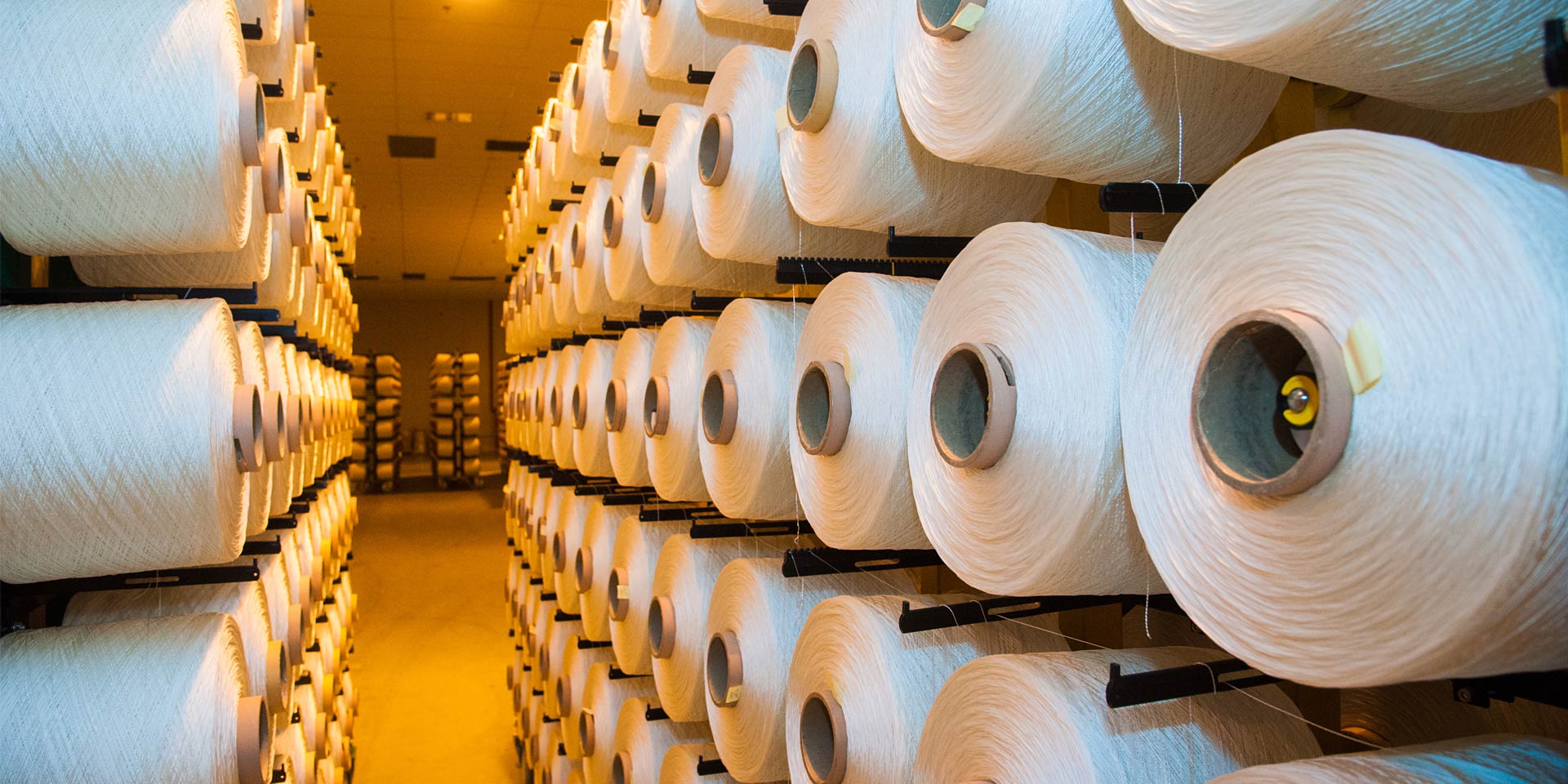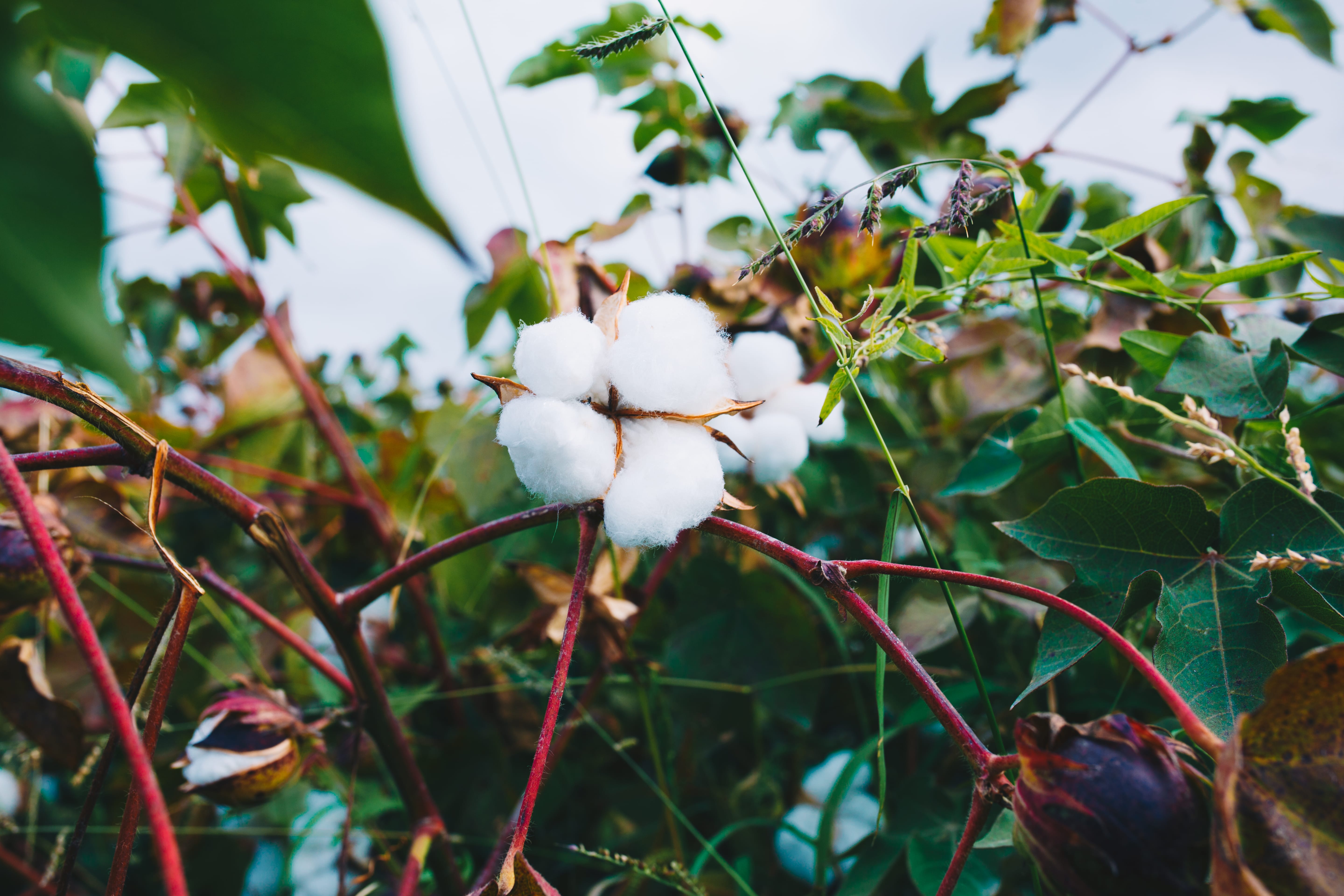Cotton or polyester: Which is better?

Cotton or Polyester - The Biggest Differences
How are the fabrics made?
Cotton, which is so popular, is a natural fabric made from plant fibres. More precisely, it is made from the seed hairs of a plant growing in the tropics and subtropics. While the short fibres are rather used for the production of paper, fleeces, hygiene articles or the like, the long fibres end up in the textile industry.

.jpg)
How do the fabrics feel?
How can the fabrics be printed?
How durable are the fabrics?
Are there areas where polyester or cotton is more suitable?
- Transports moisture: Unlike natural fibres, synthetic fibres absorb almost no moisture and transfer it directly to the outside. That means with polyester we sweat directly to the outside and there is no annoying waterlogging in the clothing.
- Particularly hygienic: as the fibres do not absorb sweat, it is virtually impossible for harmful bacteria to develop. In addition, an unpleasant smell of perspiration is almost completely prevented in this way. Sweating in polyester is no problem!
- Dries quickly: After a sweaty bike ride, a strenuous first half or an arduous run, the jersey is quickly dry again. And even after a wash, you don't have to wait long before the jersey is ready for use again. It doesn't even need to be ironed.
- Keeps you warm in the cold: as perspiration is transported directly away from the skin to the outside, there is no unpleasant shivering during sports breaks. Incidentally, polyester fibres are also ideal as linings and/or fillings for outdoor jackets. Here, too, they have a wonderfully warming effect.
- Especially breathable: Modern and specially processed polyester fabrics are now as breathable as natural fabrics.
- Particularly stretchy: Good elasticity and adaptability of the fabrics used are equally important in the sports sector. In cycling, for example, the clothing must fit tightly and be streamlined. In handball, on the other hand, an opponent should be able to pull on the jersey without it tearing immediately. Since the fibres are produced artificially, all these properties can be fulfilled flexibly.
- Good for printing: The use of polyester enables finishing with modern and high-quality sublimation printing. Especially in team sports, running or cycling, you can have your jersey sets produced very flexibly and cost-effectively. Find out here about all the other advantages of sublimation printing with spized.
What about the sustainability of cotton or polyester?
- Natural fibres are biodegradable
- Cultivation requires large amounts of water (irrigation, cleaning and finishing of the yarns)
- On average, the production of a T-shirt requires approx. 2500 litres of water (comparison: approx. 150-180 litres fit into a bathtub).
- Environmentally harmful pesticides are used in cultivation
- Social standards are often disregarded during harvesting, so working conditions are poor
- Natural fibres also release microfibres, e.g. during private washing (sometimes even more than synthetic fibres).
- Is derived from oil and thus a scarce and non-renewable resource
- Boom in the fast-fashion industry due to synthetic fibres (clothing waste quantities increase)
- Polyester fibres do not show any complete degradation processes
- Wastewater treatment plants retain only 90% of microplastics
- Sewage sludge often ends up in the oceans
So which is more sustainable - cotton or polyester?

Cotton or Polyester Overview Table
| Cotton | Polyester | |
| Production | Natural fabric from plant fibres | Synthetically produces synthetic fibres |
| Haptics | Soft Relatively loose | Easy Silky Elastic |
| Wear properties | Skin-friendly Breathable Very absorbent Slow drying | Can be ideally adapted for all purposes Distributes moisture optimally Quick drying |
| Printability | Screen Printing Flex and flock printing | Flex and flock printing Sublimation printing |
| Durability | Shrinks and fades trough much washin | Very robust and dimensionally stable |
| Range of application | Summer clothing Blankets & Bedding Dishes and towels | Sports and outdoor clothing Mouth and nose protection Filling for pillows Matress covers |
| Sustainability | High water consumption, pesticides and unfair working conditions Recycling only possible to a limited extent | Non-degradable, leaves microplastics behind Recycling works very well |



.png)











































































